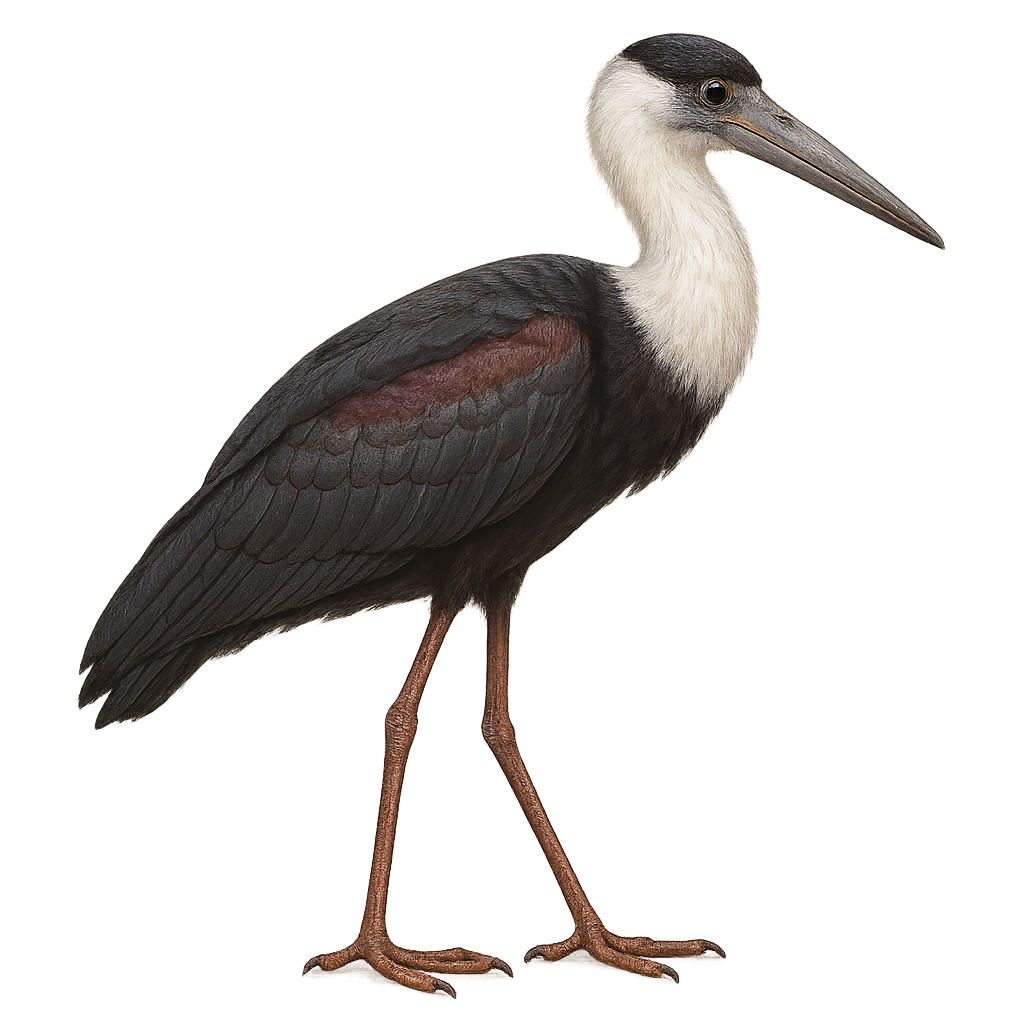Your wildlife photography guide.
Explore the woolly-necked stork in detail, study its behavior, prepare your shots.
Where to observe and photograph the woolly-necked stork in the wild
Learn where and when to spot the woolly-necked stork in the wild, how to identify the species based on distinctive features, and what natural environments it inhabits. The WildlifePhotographer app offers tailored photography tips that reflect the woolly-necked stork’s behavior, helping you capture better wildlife images. Explore the full species profile for key information including description, habitat, active periods, and approach techniques.
Woolly-necked Stork
Scientific name: Ciconia episcopus

IUCN Status: Least Concern
Family: CICONIIDAE
Group: Birds
Sensitivity to human approach: Suspicious
Minimum approach distance: 10 m
Courtship display: March to May
Incubation: 28-30 jours
Hatchings: March to June
Habitat:
Wetlands, marshes, rivers
Activity period :
Primarily active during the day, with peak activity in the morning and late afternoon.
Identification and description:
The Woolly-necked Stork, or Ciconia episcopus, is a majestic and imposing bird, easily recognizable by its distinctive black and white plumage and woolly neck. It primarily inhabits wetlands, marshes, and rivers in South and Southeast Asia, as well as some regions of Africa. Measuring between 80 and 94 cm in height, it has a long, pointed beak, ideal for capturing its food, which mainly consists of fish, amphibians, and insects. Although often solitary, it can be observed in small groups during the breeding season. The Woolly-necked Stork is a diurnal bird, active mainly during the day, and is known for its ability to cover long distances in flight.
Recommended lens:
400mm – adjust based on distance, desired framing (portrait or habitat), and approach conditions.
Photography tips:
To photograph the Woolly-necked Stork, it is advisable to use a telephoto lens of at least 400mm to capture detailed images without disturbing the bird. Look for wetlands or marshes where it is likely to feed. Be patient and discreet, as this bird can be suspicious. The best times for photography are early morning or late afternoon when the light is soft and flattering. Use a tripod to stabilize your camera and achieve sharp images.
The WildlifePhotographer App is coming soon!
Be the first to explore the best nature spots, track rutting seasons, log your observations, and observe more wildlife.
Already 1 432 wildlife lovers subscribed worldwide

